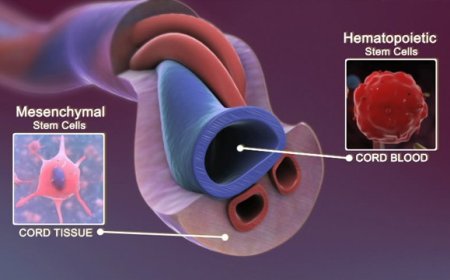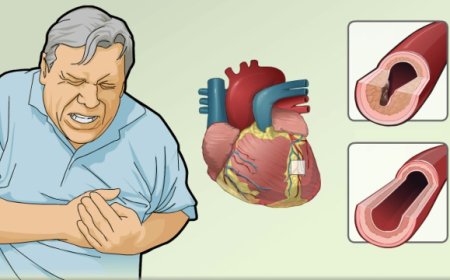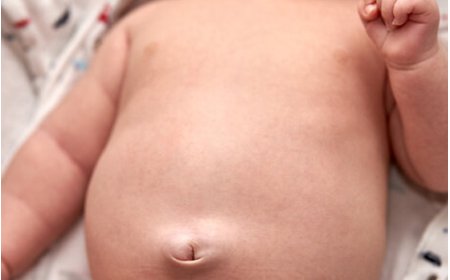Migraine Headache

Introduction:
In India, just like in other parts of the world, some people experience headaches that are more intense and last longer than usual. These headaches are called Migraine Headaches, and understanding them can help us support those who may be facing this challenge and take care of our own health.
Signs and Symptoms:
Migraine Headaches can cause different signs in different people, but some common symptoms include:
- Throbbing Pain: Feeling a pulsating pain on one side of the head.
- Sensitivity to Light and Sound: Feeling bothered by bright lights or loud sounds.
- Nausea and Vomiting: Feeling sick to the stomach and throwing up.
- Auras: Seeing flashing lights or zig-zag lines before the headache starts.
What Is "Migraine Headache"?
Migraine Headache is a type of severe headache that can make people feel really uncomfortable. It's like a storm in the head that can cause pain and other strange feelings.
How Is "Migraine Headache" Classified?
Migraine Headache can be classified into two main types based on the presence of auras:
- Migraine with Aura: Some people experience strange things, like seeing flashing lights or feeling tingling before the headache starts.
- Migraine without Aura: Others may not have these strange feelings before the headache.
Causes and Triggers:
The exact cause of Migraine Headache is not fully understood, but some things can trigger or start a migraine attack:
- Stress: Feeling very stressed or anxious can sometimes lead to a migraine.
- Certain Foods: Eating certain foods like chocolate or cheese can trigger a migraine in some people.
- Lack of Sleep: Not getting enough sleep can make a migraine more likely.
Risk Factors with Examples:
Some things may make people more likely to get Migraine Headaches:
- Family History: If someone's parents or close family members have migraines, they might be at a higher risk too.
- Age and Gender: Migraine Headaches are more common in girls and women, especially during their teenage years and early adulthood.
Types of "Migraine Headache" with Detailing:
Migraine Headaches can be classified based on the presence of auras:
-
Migraine with Aura: This type includes strange feelings or sensations before the headache starts, like seeing flashing lights.
-
Migraine without Aura: This type doesn't have the strange feelings before the headache.
Diagnostic Tests and Treatments:
To diagnose Migraine Headaches, doctors usually ask about the symptoms and do a physical exam. They may also ask about the person's family history of migraines.
Treatment for Migraine Headaches can involve:
- Rest and Quiet: Sometimes, lying down in a quiet and dark room can help ease the pain.
- Medicines: Doctors may prescribe special medicines to help with the pain and other symptoms.
- Preventive Medicines: In some cases, people might need to take medicines regularly to prevent migraines from happening.
Complications of "Migraine Headache" and Prevention Techniques:
If not managed well, Migraine Headaches can make it hard for people to do their daily activities. To prevent migraines:
-
Healthy Lifestyle: Getting enough sleep, eating well, and managing stress can help prevent some migraines.
-
Keeping a Diary: Writing down when migraines happen and what might trigger them can help avoid those triggers.
Migraine Headache is a type of severe headache that can be challenging to handle. By learning about it and supporting those who may experience it, we can all work together to face this "storm" and take care of our health. Remember, talking to a grown-up or a doctor about headaches is important to get the right help and feel better soon!
What's Your Reaction?
 Like
0
Like
0
 Dislike
0
Dislike
0
 Love
0
Love
0
 Funny
0
Funny
0
 Angry
0
Angry
0
 Sad
0
Sad
0
 Wow
0
Wow
0









































































